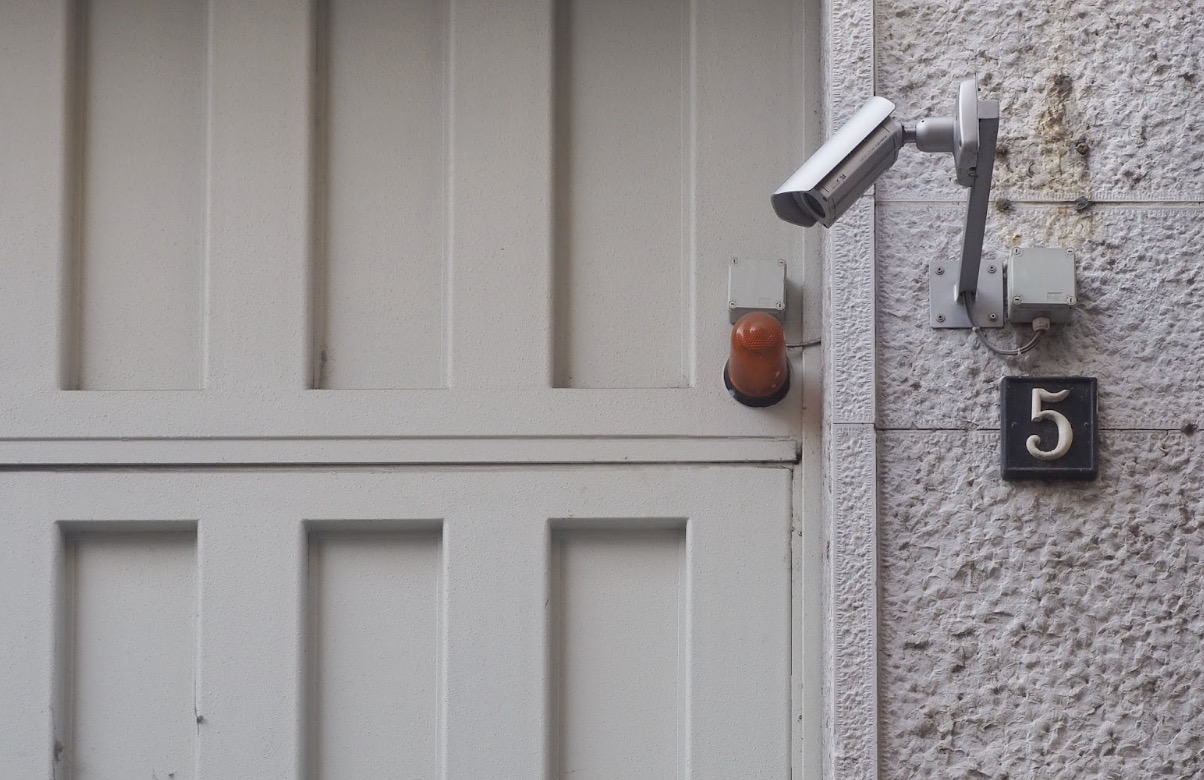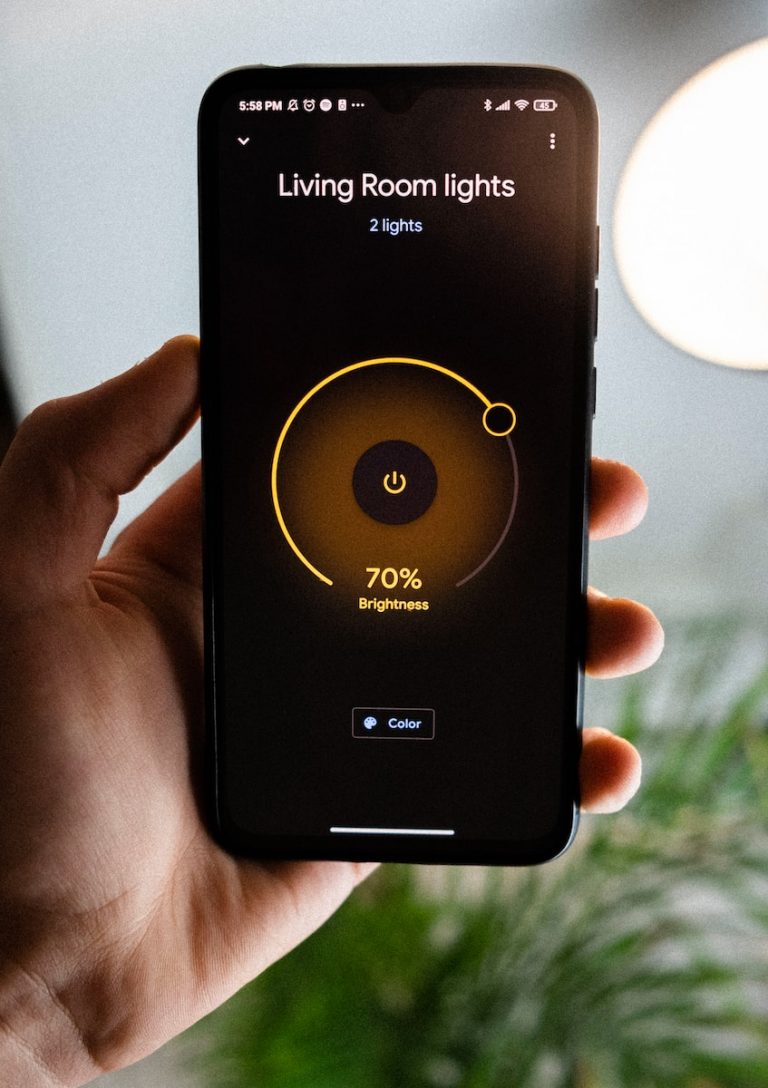Smart home devices are revolutionizing the way people interact with their living spaces and offering a level of automation and control that was once unimaginable. With a few taps on smartphones or a simple voice command, individuals can now control their homes, thus simplifying their daily routines. This article will introduce popular smart home devices and explore how they can benefit smart home automation setups.
Story Stages
Understanding Smart Home Devices
Smart home devices, also known as home automation or smart devices, are electronic gadgets and appliances equipped with internet connectivity, sensors, and automation capabilities to allow them to interact with each other and be controlled remotely. In most cases, homeowners can use smartphones, tablets, or voice assistants to monitor and control these appliances.
Popular Smart Home Devices
Smart home ecosystems boast many devices catering to different aspects of daily life. Here are some of the most popular options in the market.
Smart Lighting
Smart lighting refers to a particular lighting system that uses smart technology and operates over the Internet to provide homeowners with advanced control and automation capabilities for their lighting fixtures. With smart lighting gadgets, users can turn lights on or off, adjust their brightness, and even change their colors remotely through a smartphone app or a voice assistant. Some advanced ecosystems can even be programmed to automate lighting based on various triggers and schedules.
Smart Security Cameras
Smart security cameras are the best option for those seeking reliable home security solutions. Unlike analog cameras, smart security cameras are IP cameras integrated with Internet connectivity and AI algorithms for smart features like motion, person, or vehicle detection. These cameras offer more than just basic video recording. They enable homeowners to monitor their surroundings remotely, receive alerts, and interact with the camera’s feed. Some high-resolution like 4k security camera models allow users to zoom in for rich details and view clear footage in low-light or completely dark conditions.

Voice Assistants
Voice assistants are software applications or devices that use natural language processing and artificial intelligence (AI) technology to interact with users through voice commands and respond to their requests or perform tasks. These devices can provide timely assistance and valuable information in various daily life scenarios. Voice assistants have become an indispensable part of most smart home ecosystems. Popular voice assistants include Amazon Alexa, Google Assistant, and Apple Siri.
Smart Thermostats
Smart thermostats are advanced temperature control devices for homes and buildings. Like other smart home devices, these thermostats rely on Internet connectivity. They contribute to managing heating, ventilation, and air conditioning (HVAC) systems, helping users elevate energy efficiency.
Smart Locks
Smart locks provide homeowners with enhanced security and more control over their property’s access points, such as doors and gates. Thanks to Internet connectivity, these locks offer keyless entry, remote management, and seamless integration with other smart home devices.
Key Benefits of Smart Home Devices
Smart home devices offer many benefits for those seeking a simplified lifestyle. Here are some key advantages of using smart home devices.
Convenience
Smart home devices offer unparalleled convenience. With remote access to smart home devices, homeowners can now control their lights, thermostats, security systems, entertainment systems, and even kitchen appliances, all from their hands.
Enhanced Safety
Smart home devices have transformed the way people safeguard their properties. Many intelligent devices, like motion sensors, door/window sensors, and surveillance cameras, can be incorporated into home surveillance systems. These devices can effectively deter potential home intruders, and with remote accessibility, homeowners can easily stay informed about activity around their homes by simply tapping their smartphones.
Energy Efficiency
Smart home devices can also help optimize energy consumption and reduce daily costs. Homeowners can set up energy-saving routines and track and regulate the energy usage of individual gadgets or entire systems. For example, users can install a smart thermostat and motion sensors. When sensors detect that no one is home, they automatically trigger the thermostat to turn off the air conditioners.
Customization
Smart home devices can be configured to execute particular actions in response to distinct triggers or user preferences. Users can establish their routines to lend a helping hand with mundane household tasks. For instance, homeowners can use these devices to set reminders for essential jobs or events, whether remembering to attend necessary appointments or taking out trash regularly.
Common Automation Scenarios for Simplifying Daily Routines
Smart home devices can simplify our daily life by establishing personalized routines. Some common household scenarios include the following.
Morning and Night Routines
Have you ever imagined this? In the morning, homeowners say “Good morning” to the voice assistant, and then the coffee machine turns on automatically, the blinds raise, and the thermostat warms up the house. With smart home devices, this scenario is no longer unimaginable. Similarly, “Good Night” routines can lock doors, turn off lights, and activate the security system with a simple voice command or a tap on the mobile app.

Home Security Routines
Smart home devices can also be used to deter burglars and intruders. For example, homeowners can install motion-activated lights and security cameras around the exterior and set up motion-triggered automation. These lights will turn on automatically when motion is detected, and smart cameras will notify mobile apps.
Voice Command Integration
As an integral part of smart home systems, voice assistants can help homeowners set up distinct routines. Users can create personalized scenes that combine various smart devices and actions. For example, they can say, “Alexa, movie time,” and then the voice assistant can trigger a sequence where the lights dim, the curtains close, and the home theater system comes to life.
Regular Analysis of Energy Consumption
Homeowners can install smart thermostats to analyze energy consumption inside their homes regularly. Smart thermostats often provide detailed energy usage reports, and users can utilize these reports to explore their energy consumption patterns and make informed adjustments to optimize efficiency.
How to Set Up Your Smart Home: A Step-by-Step Guide
Setting up smart home devices seems initially challenging, but homeowners can create their systems with the proper guidance. You can follow these steps, but remember that the specific steps may vary depending on different devices.
- Determine Your Needs: Determine what aspects of your home life you want to automate and simplify and choose the right system catering to your specific needs. It would help if you decided whether to go with a single brand or mix and match devices.
- Purchase Devices: You can buy the devices you’ve chosen in the official online store of different brands or go to Amazon or eBay. You’d better start with essential devices like smart lights or a thermostat.
- Install and Connect: Follow manufacturer instructions to set up your devices and connect these devices to your home WiFi.
- Download Apps: Install the respective apps on your smartphone or tablet for remote control.
- Create Automation Routines: Customize your devices to work together using automation features. You can establish your schedule, commands, or daily routines.
Conclusion
Smart home devices have strong potential to simplify and enhance your daily life. Smart home devices offer various benefits, whether you want to save time and energy or improve security. Choosing suitable smart home devices can help you enjoy the convenience and comfort of a more intelligent and simplified living space.
